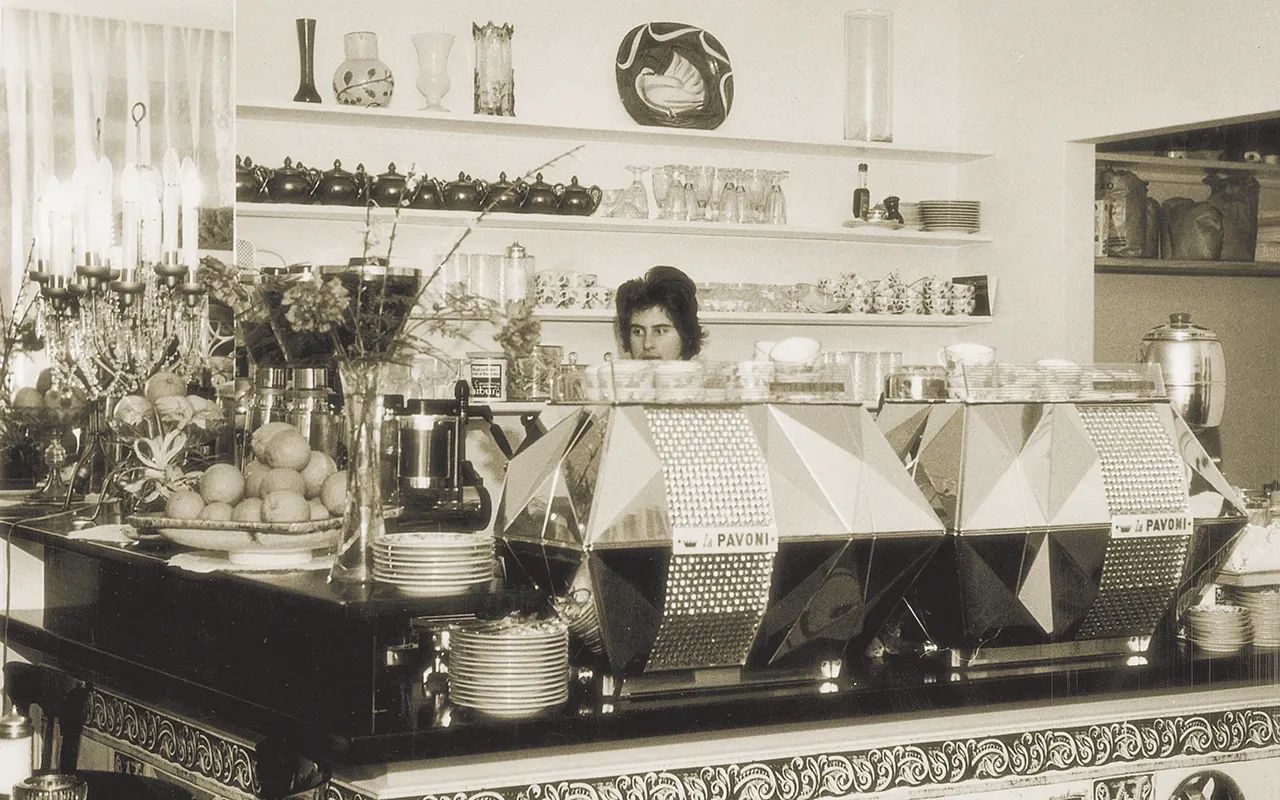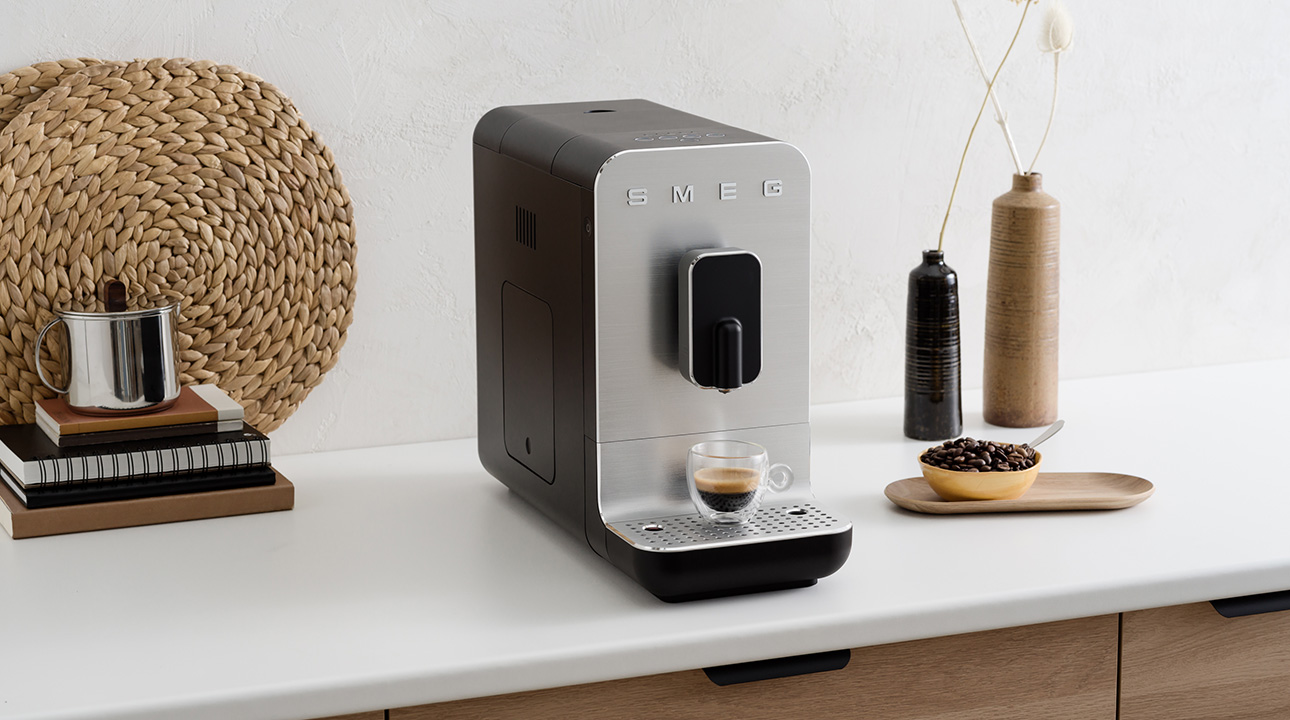
To operate the first coffee machines in history, you had to be a train driver. A stoker's licence was required to control pressure, temperature, and steam and to prevent explosions.
What seems normal to us today, such as being able to have a delicious espresso coffee at the café and being able to brew it at home, is the result of technological and design evolution that took place during the 20th century and has continued right up to the present.
The evolution of coffee machines plays a significant role in the history of Italian industrial design. Innovation in this area has made headway to reduce the time it takes to brew coffee, improve the quality of the coffee served, reduce the space occupied by the coffee machines, improve their aesthetics and materials, as well as making them easier to use.
The first espresso coffee machine was made in 1901 by the Milanese engineer Luigi Bezzera. It was a vertical model which was extremely cumbersome and ran on steam. Desiderio Pavoni acquired the patent and in 1905 produced the first espresso coffee machine on an industrial scale: La Pavoni Ideale.
It was used in public cafés to brew coffee quickly, and the resulting machines were all cylindrical in shape and made of copper, bronze, and brass, mostly in the Art Nouveau style.
Many Italian companies started carrying out research and innovations in this field.
In 1948, the steam system was replaced by the pressure system, the brainchild of Achille Gaggia. This brewed a more concentrated, aromatic coffee with a dense and compact 'crema'. This marked the birth of the famous Italian espresso coffee.
Between the 1940s and 1950s, the production of espresso coffee machines reached industrial quantities.
In 1949, architect Giò Ponti designed the first coffee machine equipped with a horizontal boiler for La Pavoni. It was during this period that the figure of the barman originated, who needed to be able to operate the lever machines on the counter using a certain amount of strength.
The 1960s saw the introduction of the electro-volumetric pump, which used a small lever to achieve the right pressure to produce a creamy espresso coffee: the barman's strength to operate the coffee machine was no longer needed, and the figure of the barista as we know it today was born.
During the same period, the materials also underwent innovation: stainless steel, aluminium and plastic were introduced to construct the coffee machine casing. This made it possible to use a variety of colours, in the Pop Art style.yt
Modern coffee machines are high-tech objects that differ in the way they work: piston machines (lever or automatic), dispensing machines (semi-automatic or automatic), electronic machines and super-automatic machines. These minimise the barista's workload as they grind, dose, compact and dispense the coffee.

Today we can brew our favourite coffee and milk-based drink at home in a few simple steps.
Find out more about BCC13 - The automatic coffee machine featuring an automatic milk frother
BCC01 - This automatic coffee machine allows you to brew up to seven coffee-based drinks at the touch of a button, from beans of your favourite blend.